Category: Recent Publications
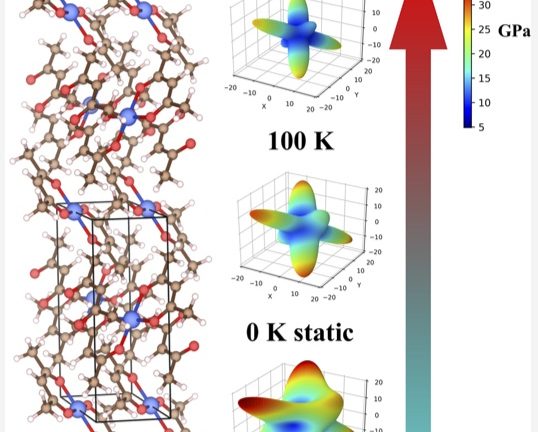
Thermoelasticity of Flexible Organic Crystals
J. Maul, D. Ongari, S. M. Moosavi, B. Smit, and A. Erba, Thermoelasticity of Flexible Organic Crystals from Quasi-harmonic Lattice Dynamics: The Case of Copper(II) Acetylacetonate J Phys Chem Lett, 8543 (2020) doi: 10.1021/acs.jpclett.0c02762 Abstract: A computationally affordable approach, based on quasi-harmonic lattice dynamics, is presented for the quantum-mechanical calculation of thermoelastic moduli of flexible, (…)
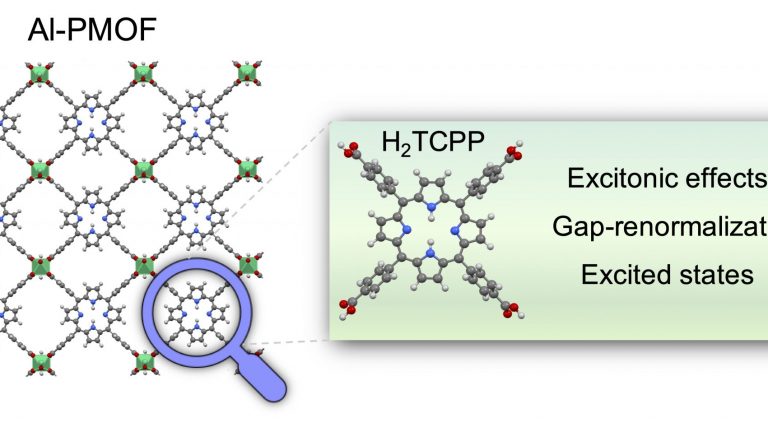
From Isolated Porphyrin Ligands to Periodic Al-PMOF
A. Ortega-Guerrero, M. Fumanal, G. Capano, and B. Smit, From Isolated Porphyrin Ligands to Periodic Al-PMOF: A Comparative Study of the Optical Properties using DFT/TDDFT J Phys Chem C (2020) doi:10.1021/acs.jpcc.0c06885 Abstract: The use of photosensitizers as organic ligands in Metal-Organic Frameworks (MOFs) is a common practice to engineer their UV/Vis optical absorption. For instance, (…)
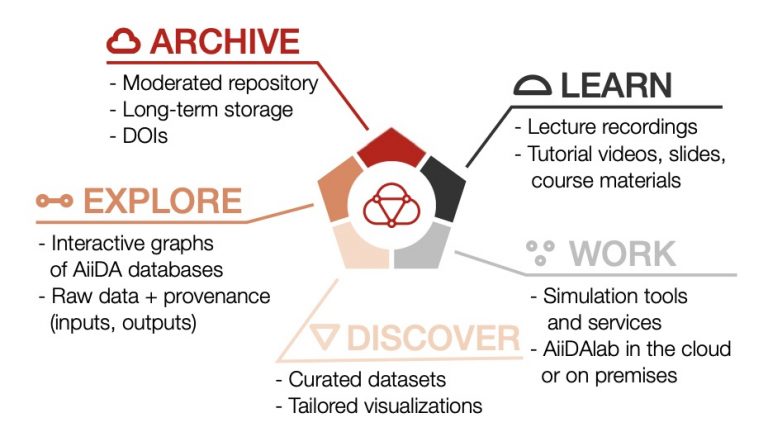
Materials Cloud
L. Talirz, S. Kumbhar, E. Passaro, A. V. Yakutovich, V. Granata, F. Gargiulo, M. Borelli, M. Uhrin, S. P. Huber, S. Zoupanos, C. S. Adorf, C. W. Andersen, O. Schütt, C. A. Pignedoli, D. Passerone, J. VandeVondele, T. C. Schulthess, B. Smit, G. Pizzi, and N. Marzari, Materials Cloud, a platform for open computational science (…)
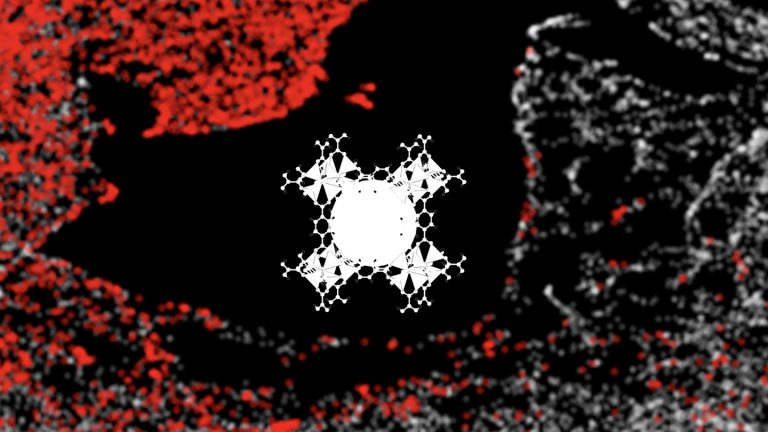
Understanding the diversity of the MOF ecosystem
S. M. Moosavi, A. Nandy, K. M. Jablonka, D. Ongari, J. P. Janet, P. G. Boyd, Y. Lee, B. Smit, and H. J. Kulik, Understanding the diversity of the metal-organic framework ecosystem Nat Commun 11 (1), 4068 (2020) doi: 10.1038/s41467-020-17755-8 Abstract: Millions of distinct metal-organic frameworks (MOFs) can be made by combining metal nodes and (…)
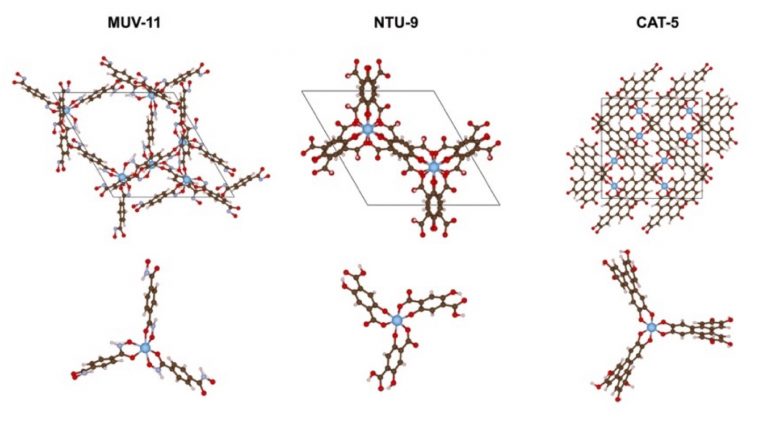
Properties of MOFs: Solid State versus Molecular Perspective
M. Fumanal, C. Corminboeuf, B. Smit, and I. Tavernelli, Optical Absorption Properties of Metal-Organic Frameworks: Solid State versus Molecular Perspective Phys. Chem. Chem. Phys. (2020) doi: 10.1039/D0CP03899G Abstract: The vast chemical space of metal and ligand combinations in Transition Metal Complexes (TMCs) gives rise to a rich variety of electronic excited states with local and (…)
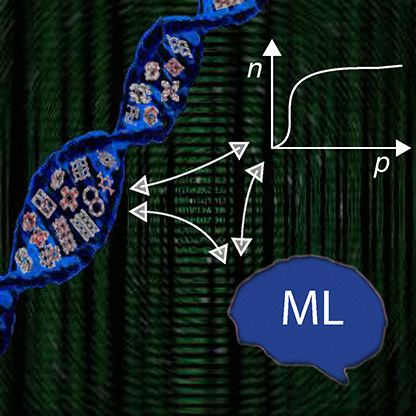
Big-Data Science in Porous Materials
K. M. Jablonka, D. Ongari, S. M. Moosavi, and B. Smit, Big-Data Science in Porous Materials: Materials Genomics and Machine Learning Chem Rev (2020) http://dx.doi.org/10.1021/acs.chemrev.0c00004 Abstract By combining metal nodes with organic linkers we can potentially synthesize millions of possible metal–organic frameworks (MOFs). The fact that we have so many materials opens many exciting (…)
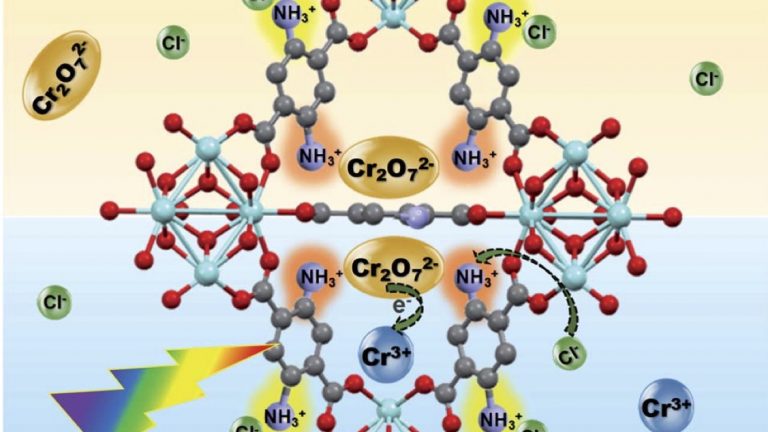
Removing chromium from water
B. Valizadeh, T. N. Nguyen, S. Kampouri, D. T. Sun, M. D. Mensi, K. Stylianou, B. Smit, and W. L. Queen, A novel integrated Cr(vi) adsorption–photoreduction system using MOF@polymer composite beads J Mater Chem A (2020) http://dx.doi.org/10.1039/D0TA01046D Abstract: Herein, a novel integrated adsorption–photoreduction system, which captures highly mobile and toxic hexavalent chromium (Cr(VI)) from real-world (…)
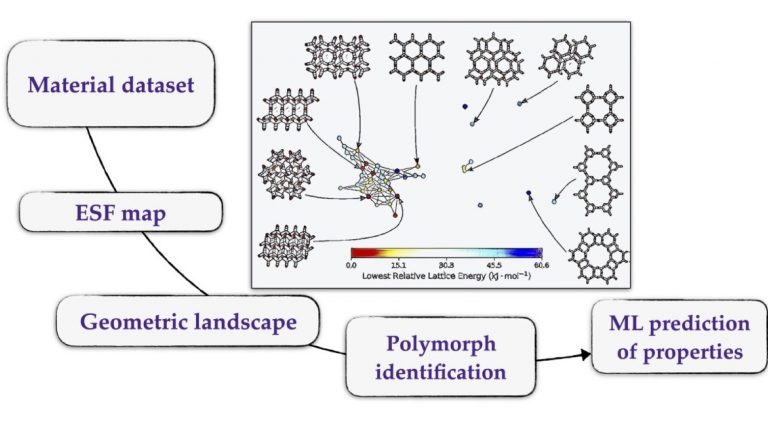
Geometric Landscapes for Material Discovery
S. M. Moosavi, H. Xu, L. Chen, A. Cooper, and B. Smit, Geometric Landscapes for Material Discovery within Energy-Structure-Function Maps Chem Sci (2020) DIO: 10.1039/D0SC00049C Abstract Porous molecular crystals are an emerging class of porous materials formed by crystallisation of molecules with weak intermolecular interactions, which distinguishes them from extended nanoporous materials like metal-organic frameworks (…)
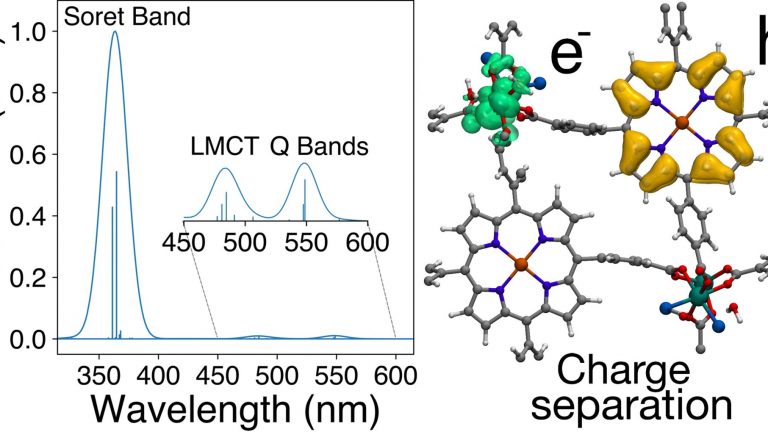
Charge transfer of a porphyrin ruthenium MOF
A. Ortega-Guerrero, M. Fumanal, G. Capano, I. Tavernelli, and B. Smit, Insights into the electronic properties and charge transfer mechanism of a porphyrin ruthenium-based Metal-Organic Framework Chem Mater (2020) DOI: 10.1021/acs.chemmater.0c00356 Abstract: Metal-organic frameworks (MOFs) have attracted significant attention in the field of solar-driven photo-catalysis. Recently, a porphyrin ruthenium-based MOF (Ru-TBP-Zn) has shown highly efficient co-catalyst-free (…)
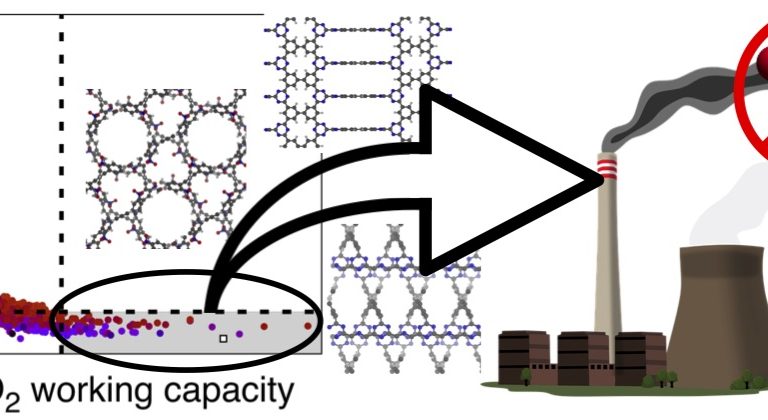
Discovery of COFs for carbon capture
K. S. Deeg, D. Damasceno Borges, D. Ongari, N. Rampal, L. Talirz, A. V. Yakutovich, J. M. Huck, and B. Smit, In silico discovery of covalent organic frameworks for carbon capture ACS Appl. Mater. Interfaces (2020) http://dx.doi.org/10.1021/acsami.0c01659 Abstract: We screen a database of more than 69,000 hypothetical covalent organic frameworks (COFs) for carbon capture, using (…)